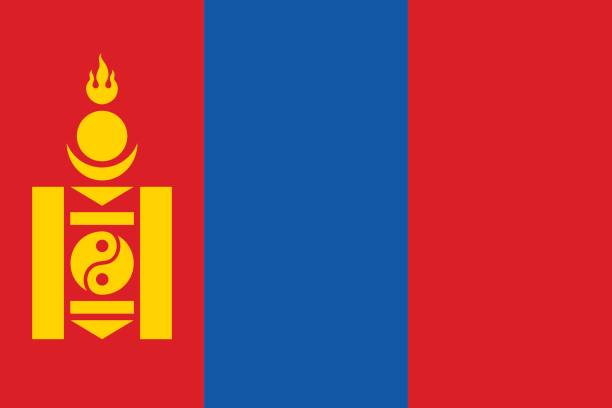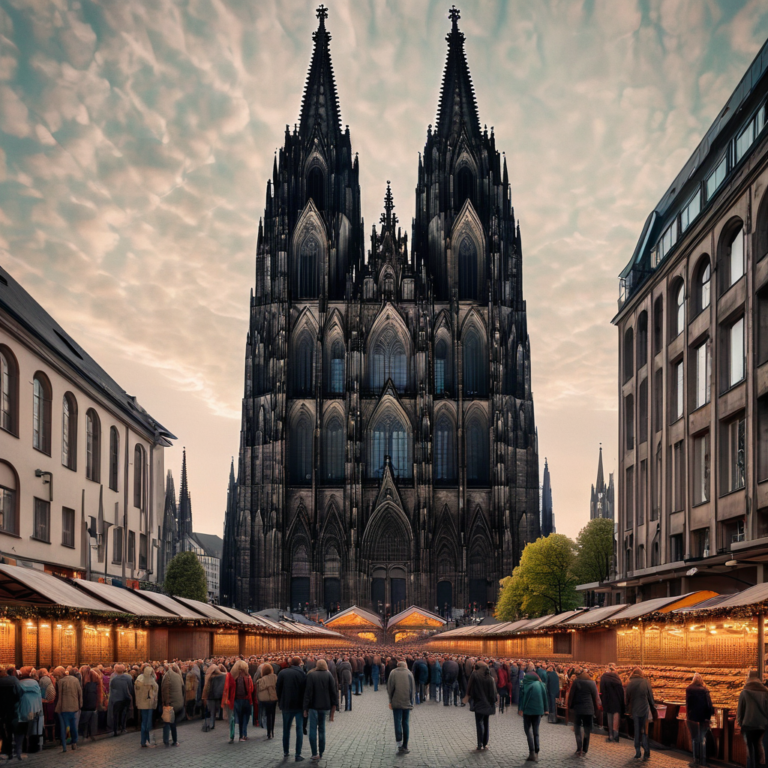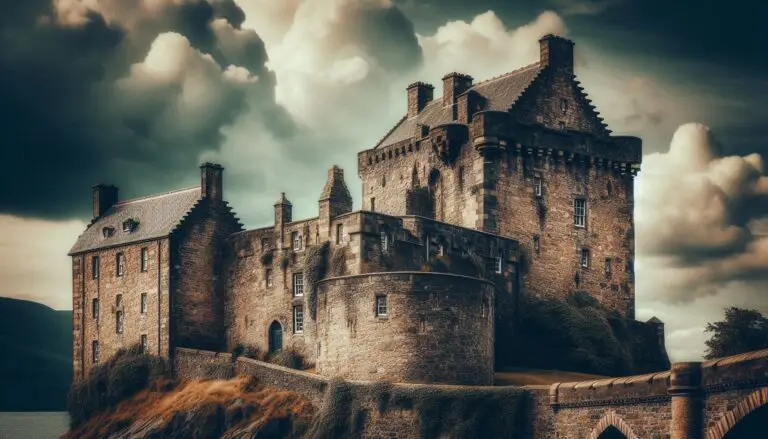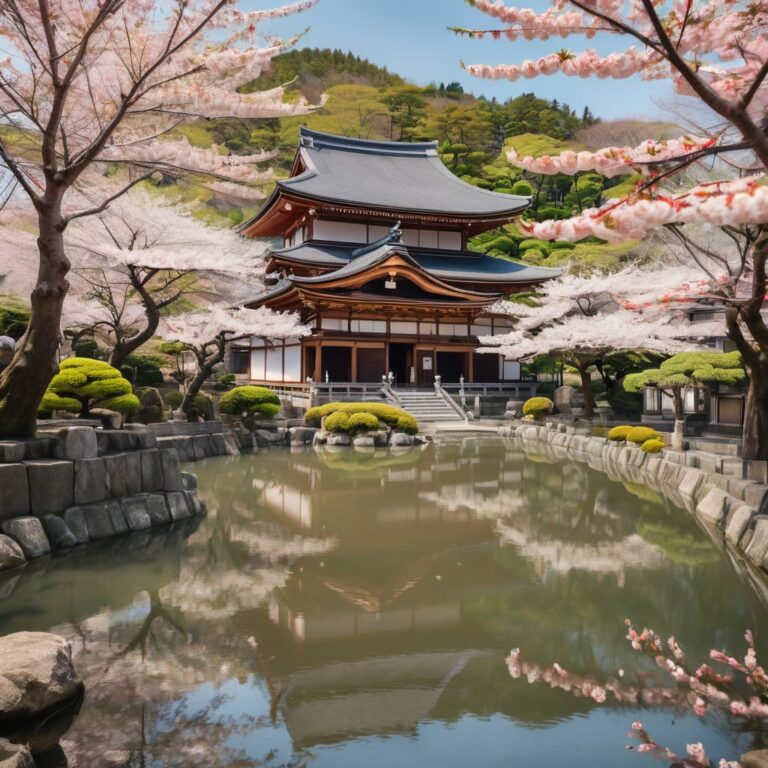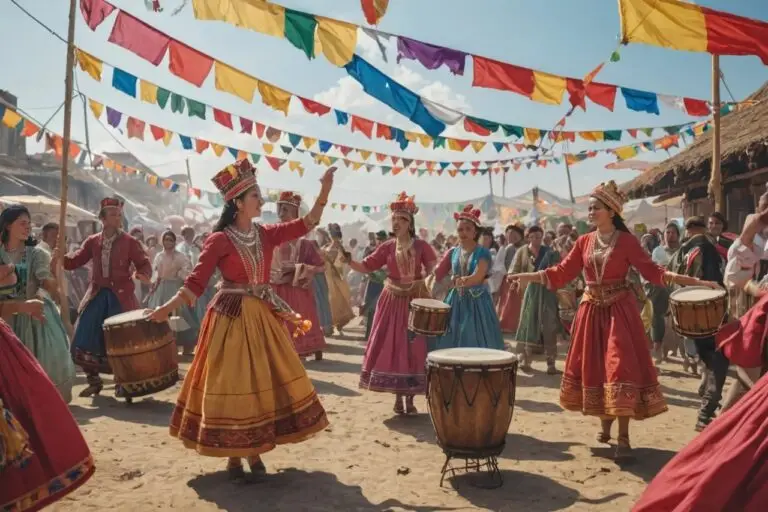NOMADIC LIFE OF MONGOLIA
Exploring the Nomadic Life of Mongolia: A Journey into Tradition and Resilience
Beautiful Mongolia is known as “The land of the Blue sky” and home to some
of the best adventure and landscapes you are likely to ever see
One of the main highlights of the Mongolia trip is staying with the Nomads
and their families out of the clutter. you would always see tents when you will
arrive and their loving hospitality. As an outsider it is very rewarding and eye-
opening experience seeing how Mongolian nomads live, talking about the
various events, viz- Archery, wrestling.
Capital- Ulaanbaatar
Language- Mongolian
Currency – Mongolian Tugrik (1 USD = 3450MNT)
Introduction to Nomadic Culture: A Glimpse into Mongolia's Traditional Lifestyle
Mongolia, a land of vast plains and rugged landscapes, is home to a rich
nomadic culture that has flourished for centuries. Nomadic life in Mongolia is
more than just a way of living; it’s a deeply ingrained part of the country’s
identity. From the sweeping steppes to the towering mountains, the nomadic
lifestyle is woven into the fabric of Mongolia’s heritage.
The History of Nomadism in Mongolia: An Ancient Way of Life
Nomadism has been the cornerstone of Mongolian society for thousands of
years. Dating back to ancient times, nomadic tribes roamed the land,following the rhythms of nature and relying on their herds for sustenance.
This nomadic heritage has shaped Mongolia’s history, influencing everything
from its social structure to its cultural practices.
The Geography of Mongolia: Shaping Nomadic Traditions
The geography of Mongolia plays a crucial role in shaping its nomadic
traditions. With vast expanses of op3en terrain and limited arable land,
nomadic herding became the most viable means of sustenance for the
Mongolian people. The rugged terrain and harsh climate have also instilled a
sense of resilience and adaptability in Mongolia’s nomads, allowing them to
thrive in even the most challenging environments.
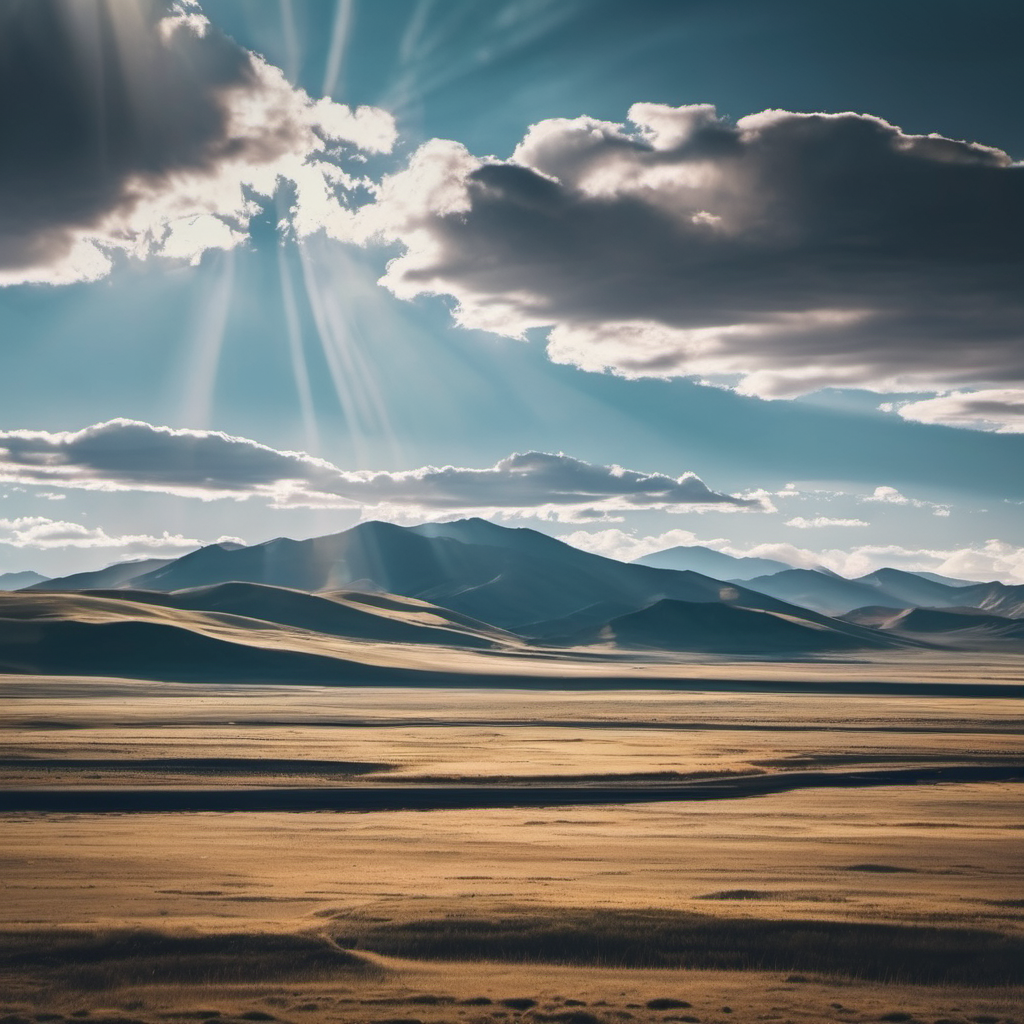
The Nomadic Tribe Structure: Understanding Social Organization
Nomadic tribes in Mongolia are organized around familial and clan ties, with
each tribe forming a close-knit community that supports one another in their
daily lives. The tribe’s leader, often referred to as the Khan or Chieftain, plays
a central role in decision-making and ensuring the well-being of the
community. This social structure fosters a strong sense of unity and
cooperation among Mongolia’s nomads.
The Role of Livestock in Nomadic Life: Herding Practices and Economy
Livestock, particularly horses, sheep, goats, and camels, are the lifeblood of
Mongolia’s nomadic economy. Herding practices are passed down through
generations, with nomads relying on their animals for food, clothing, and
transportation. The nomadic lifestyle is intimately connected to the land and
its resources, with nomads moving their herds seasonally to ensure access to
fresh pasture and water.
The Ger: Mongolia's Portable Home
The ger, or yurt, is the traditional dwelling of Mongolia’s nomadic people.
These portable homes are constructed from a wooden frame covered with felt
or canvas, providing shelter from the elements while remaining lightweight
and easy to transport. The ger serves as the focal point of nomadic life,
providing a warm and welcoming space for families to gather and socialize.
Seasons of Nomadism: Adapting to the Changing Environment
Nomadic life in Mongolia is closely tied to the changing seasons, with families
moving their herds to different grazing grounds throughout the year. From the lush green pastures of summer to the snow-covered plains of winter,
nomads must adapt to the challenges of each season, ensuring the survival
of their livestock and the sustainability of their way of life.
Challenges and Resilience: Surviving the Rigors of Nomadic Life
Life as a nomad is not without its challenges. Harsh weather, limited
resources, and isolation can make day-to-day living difficult. However,
Mongolia’s nomads are a resilient people, drawing on centuries of tradition
and ingenuity to overcome adversity and thrive in even the most inhospitable
conditions.
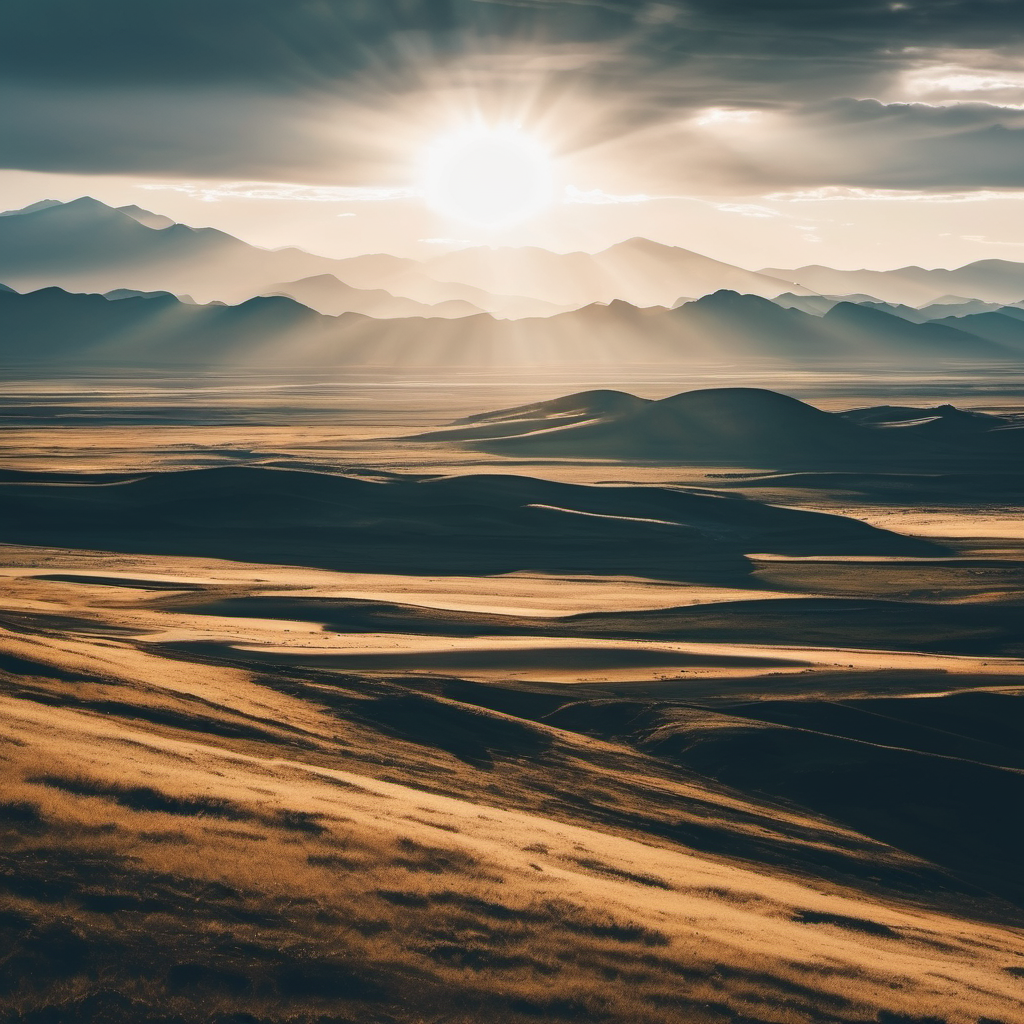
Cultural Points:
• Don’t stick the camera in anyone face until you get the permission.
• Men get served first
• Walk left around the stove
• Don’t burp loudly
The Spiritual Connection: Shamanism and Traditional Beliefs
Spirituality plays a central role in Mongolia’s nomadic culture, with
shamanism and traditional beliefs shaping every aspect of daily life. Nomads
believe in the interconnectedness of all things, with the natural world revered
as sacred. Shamanic rituals and ceremonies are performed to honor the
spirits and seek guidance in times of need.
Modern Influences: Navigating Tradition in a Globalized World
In today’s rapidly changing world, Mongolia’s nomads must navigate the
balance between tradition and modernity. While some aspects of nomadic life
remain unchanged, others have been influenced by globalization and modern
technology. Nomads now use solar panels and satellite dishes alongside
traditional tools, adapting to the demands of the 21st century while preserving
their cultural heritage.
The Future of Nomadic Culture: Preserving Heritage in the 21st Century
As Mongolia continues to develop and urbanize, there are concerns about the
future of nomadic culture. Efforts are underway to preserve and promote
Mongolia’s nomadic heritage, including initiatives to support sustainable
herding practices and cultural education programs for younger generations. Despite the challenges, Mongolia’s nomads remain committed to preserving
their way of life for future generations to come.
Experiencing Nomadic Life: Tips for Travelers and Cultural Immersion
For those interested in experiencing Mongolia’s nomadic culture firsthand,
there are plenty of opportunities for cultural immersion. From staying with
nomadic families to participating in traditional activities like horse riding and
dairy processing, travellers can gain a deeper understanding of Mongolia’s
rich heritage. However, it’s essential to approach nomadic communities with
respect and humility, honoring their traditions and way of life.
Drawing the conclusion
In my opinion I would like to add a trivial that if
you are an insta book person then you will regret yourself as there is no
internet and wifi connectivity, so I would insist you to put your phones in your
bag and just enjoy the never forgetting essence of your life that you won’t get
twice. So, enjoy the life and don’t drink vodka too much although they will
offer too much. The nomadic life of Mongolia is a fascinating journey into
tradition, resilience, and cultural heritage. From the sweeping steppes to the
towering mountains, Mongolia’s nomads embody a way of life that is as
ancient as it is enduring. As the world changes around them, Mongolia’s
nomads continue to adapt and thrive, preserving their unique way of life for
generations to come.

